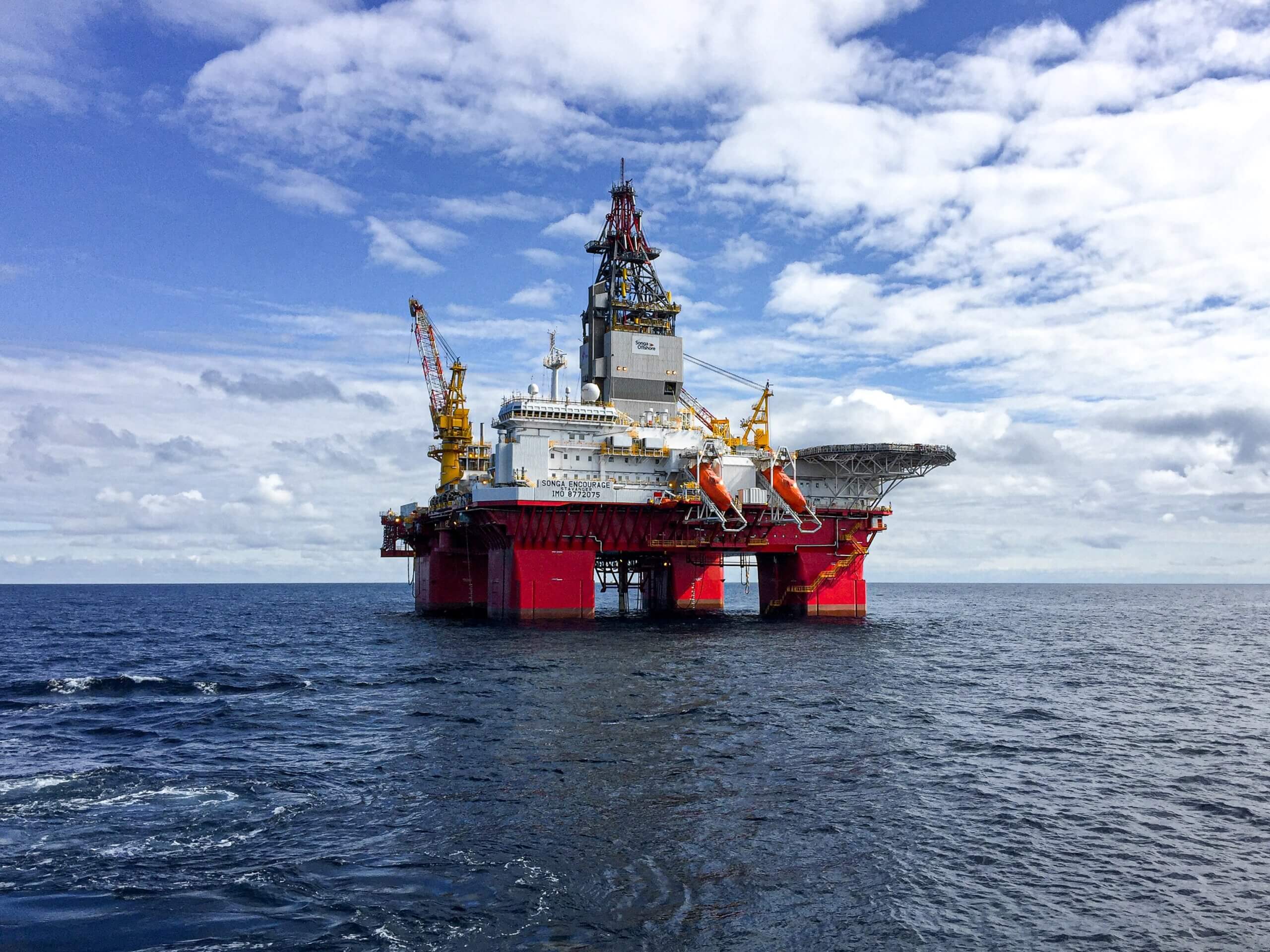On March 9, as the world reeled from Russia’s invasion of Ukraine, US Energy Secretary Jennifer Granholm urged American oil and gas companies to increase production. “In this moment of crisis, we need more supply,” declared Granholm.
Almost three months later, the average gas price in the United States is 4.71 USD per gallon and energy companies’ profits are skyrocketing. But US companies remain resistant to increasing production. As of the end of April, US oil production was up less than 2 percent since December – at 11.8 million barrels a day, compared to 13.1 billion in March 2020, right before the pandemic brought the US economy to a halt. Forecasters predict that average US oil production will not exceed 12 million barrels per day in 2022. And oil executives echo the point: According to a survey by the Federal Reserve bank of Dallas, almost a third of US oil and gas companies have no interest in increasing production at any price – and another 9 percent only if prices rise above 120 USD per barrel.
With the world on the brink of a major energy crisis, this is unsettling. It is also entirely logical. Oil and gas companies are beholden to their investors. And after years of losses, investors want dividends and buybacks. They do not want the kind of runaway capital spending that would be necessary to ramp up production. They want it all the less because after this crisis passes, the US government is likely once more to turn cold on oil and gas. The result is a dangerous mismatch between what the market needs and what the market is willing to provide.
In part, this is a function of a larger mismatch in the American economy that risks crippling future growth, productivity, and returns for the sake of immediate growth, productivity, and returns. The country needs the kind of forward looking, deliberate capital expenditures necessary to rebuild production. However, industry answers to Wall Street and Wall Street wants quarterly returns.
More directly in the oil and gas case, the reluctance to increase production is a function of a fair-weather government that demands immediate behavioral changes without incentivizing them in the longer-term. Washington is asking for more oil and gas now. But the market knows that the moment this immediate energy crisis calms, the US government is likely to clamp down on oil and gas, leaving the industry out to dry – and eat the costs that accompanied rapidly ramped up production.
If Secretary Granholm wants more energy production, she should orient her relationship to industry around reshaping incentives to align tomorrow’s demand with today’s supply. She should make clear that incentives for increased production will continue next month, and the months after. The Strategic Petroleum Reserve offers one tool for doing so: Washington can leverage it to guarantee future demand. Washington can also signal that it will not only relax regulations on the oil and gas industry to deal with today’s crisis, but also continue to work with the industry once this crisis begins to clear.
Yes, this means signaling a commitment to fossil fuels. But the reality is that the US depends on fossil fuels and will continue to depend on them, in some capacity, for the foreseeable future. For Washington to offer the oil and gas industry carrots would not in reality entail choosing fossil fuels over renewable energy. It would entail embracing domestic production, and with it resilience – rather than offshoring negative externalities and pretending they don’t exist.
(Photo by Pexels)



